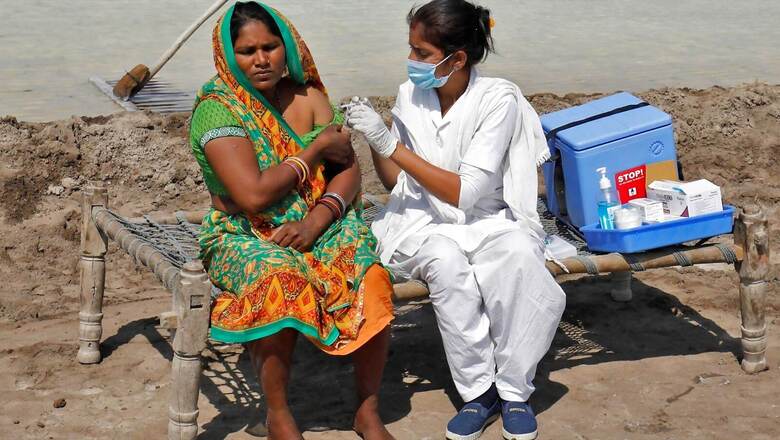
views
Local organisations and government institutions both subscribe to similar goals. Yet, rarely have they effectively worked together. Though some recent accommodations have taken place and the government has tried to adopt an inclusive approach, one of the key problems still remains in terms of policy implementation where unit-level complexities are often not accounted for, resulting in suboptimal outcomes.
These complexities are often in the form of class, caste, language that are overlooked while devising solutions, thereby leading to faulty diagnosis of the issue. A real case for development will only emerge when we are able to do away with predominantly top-down or an “ivory tower” approach to development. We need to bring together innovation from academia and government to solve major grassroot problems.
We live in complex societies, where existing policy frameworks may sometimes be inadequate in providing effective solutions to an increasing number of problems, particularly ground-level problems such as proper hygiene and sanitation, food and shelter, quality education among others. While we may have to live within the constraints of some policies, partnerships can help improve the performance by providing enough resources and methods, and by also delivering innovative solutions.
These collaborations are able to encourage a constant flow of perspectives and ideas due to their dialogic nature. Experts point to a phenomenon known as “pracademics”, where academicians can transit between academic institutions and grassroots associations, articulating and enhancing collaborations between stakeholders and building upon a dialogue between theory, field data practitioners and their experiences.
Sociologists, for example, will be able to identify which aspects of development in a remote location are likely to cause social strife. This assessment will help policy makers and groups to address the problem in another way.
By including academic specialists, learning and knowledge-sharing takes place, which helps in building an atmosphere favourable to the birth of innovations and ideas. It also helps in comprehending issues and charting a way forward on the basis of multiple perspectives (both generic and specialists). In other words, collaborative work, and more specifically partnerships, are methodological aspects of creativity, on the basis of which grassroot problems can be tackled innovatively.
Academia brings independent perspectives, different and varied problem-solving techniques and motivated youth with the “necessary drive, fresh thinking and higher risk-taking” approach. Governments have the scale, scope and the necessary heft to pilot ideas, draw learnings from the ground, bring in academia again (to tweak the processes based on the pilot), and implement the modified ideas.
Governments also have the wherewithal for a stringent monitoring and evaluation mechanism across villages, towns, cities, blocks and districts. This collaboration can better represent the needs of people and their communities.
At an international level, the UN Sustainable Development Goals (SDGs) have constantly emphasised such partnerships. Promoting partnerships helps to steer the development discourse away from more rigid and narrowly defined core market-led or state-led initiatives, thereby allowing the adoption of a moderate course that can provide a win-win solution.
These partnerships act as enablers and facilitators, acting like a lightning conductor in times of turmoil and crisis (like the Covid-19 pandemic). These also help to avoid sectoral polarisation, which is a trend seen in India, where professionals are inclined towards working in isolation, immune to working in a converging environment. It not only hinders development but also breeds ‘silo mentality’ that sets a poor precedent in terms of working culture.
The Covid-19 pandemic has made people realise the power of collaboration across spectrums and domains in order to find innovative solutions to difficult problems. The inputs from academics – biologists, virologists and anthropologists – and support from the government in terms of funding and infrastructure, made the vaccination drives across the country successful.
In recent years, private academic institutions have taken a step forward in this direction by engaging with various state governments, and civil society to solve grassroot issues such as education, drug problems, female centric issues pertaining from lack of literacy to social evils like child marriages etc. These experiments have not only emerged as successful models of development but their outcomes have been qualitatively better.
Addressing social change is a long-drawn process that demands resources and inputs of multiple stakeholders. It has been concretely proven that most effective interventions happen at a hyperlocal level. It is only through such combined strength of partnerships that we can address problems collectively to develop communities by “coming together at the beginning, working together through achieving progress and keeping together to sustain the development”, thereby promoting democratic governance.
(The article is written by Jayesh Bhave, Director, Chief Minister’s Good Governance Associate (CMGGA), Ashoka University)
Read all the Latest Opinions here



















Comments
0 comment